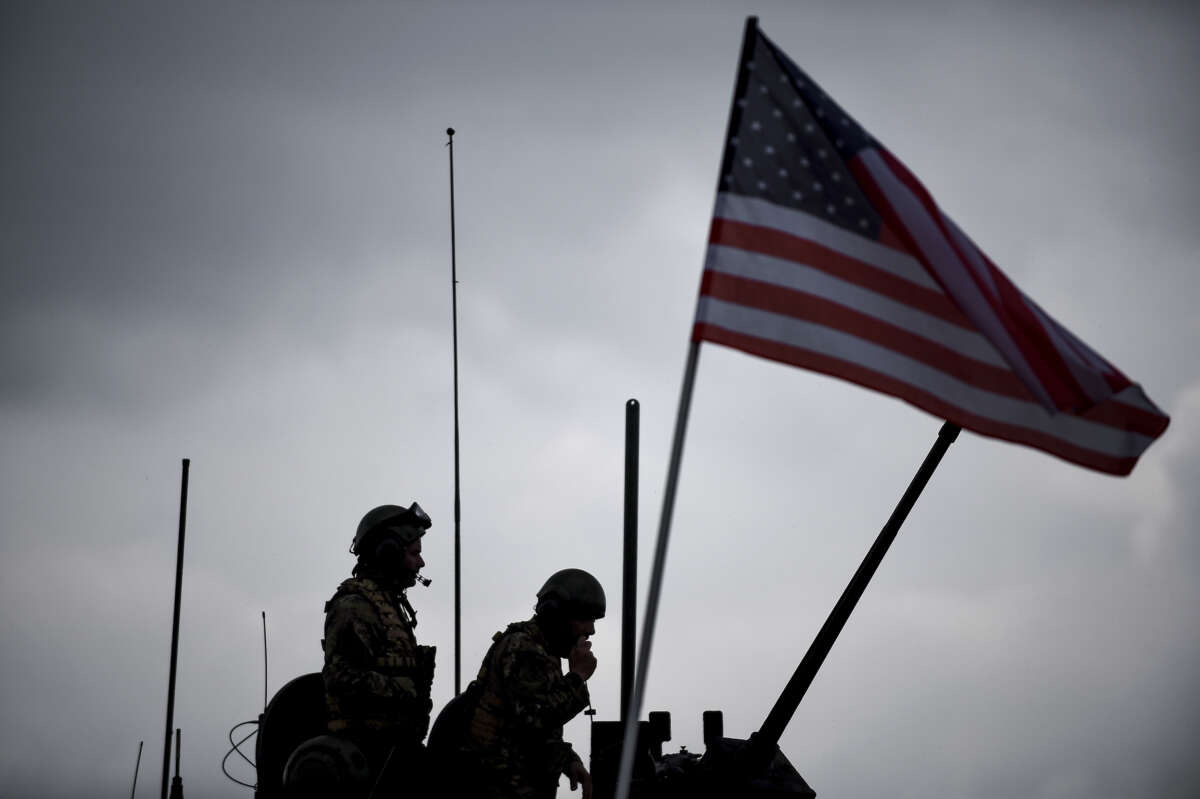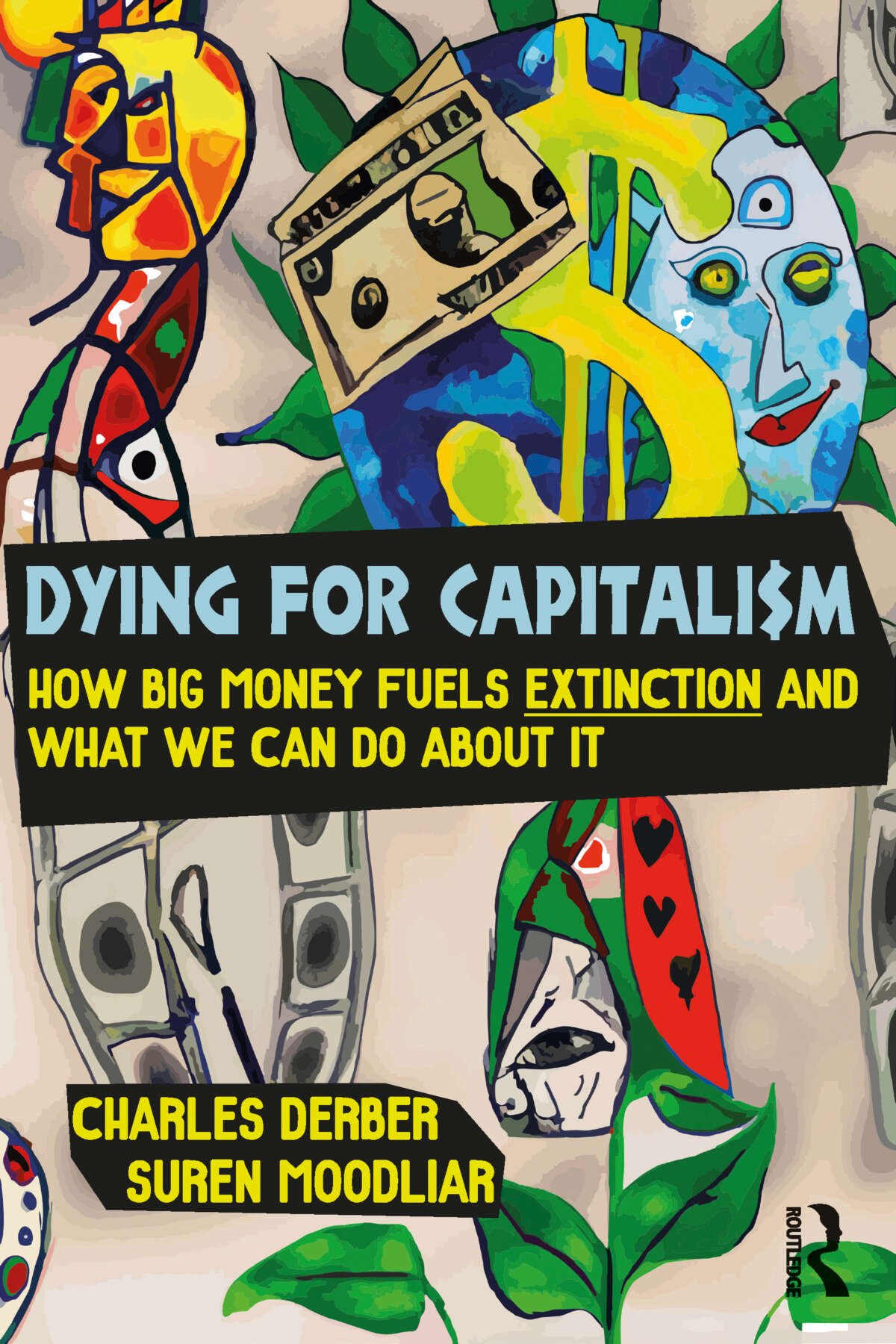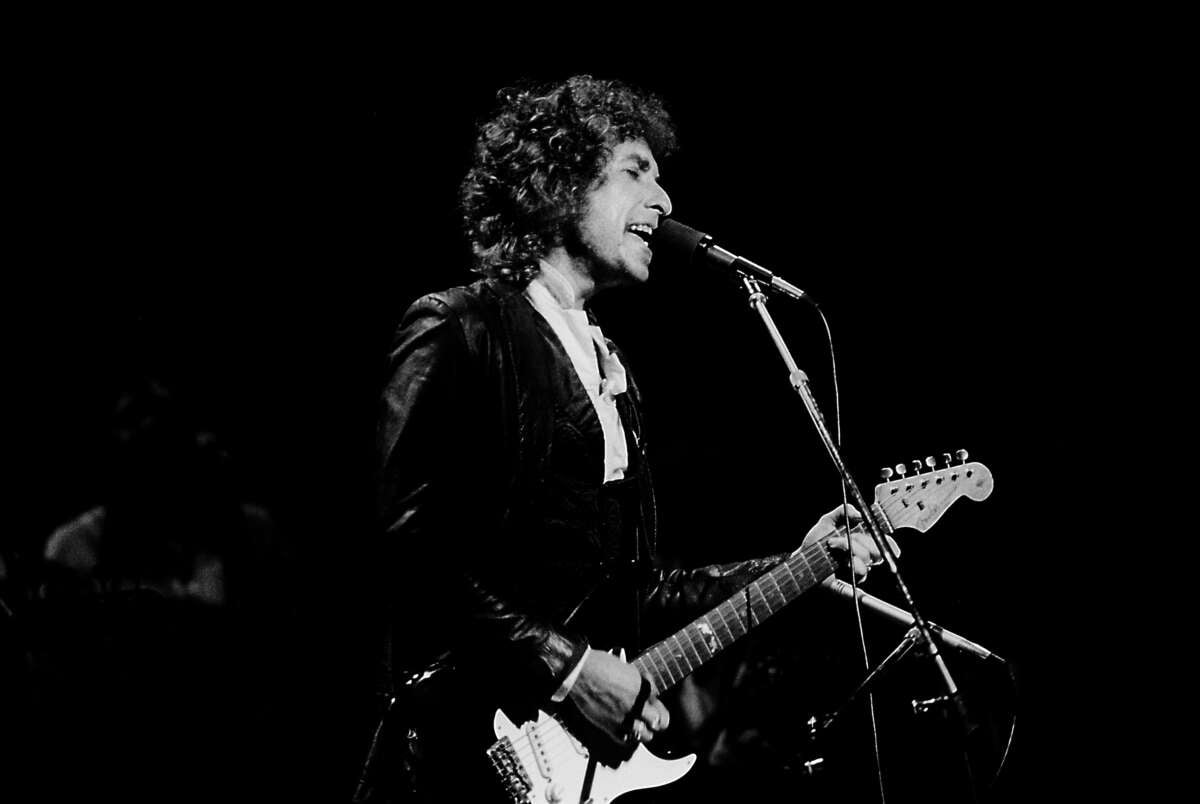The desperate smear campaign to defend Israel’s crimes highlights the toxic brew of lies that’s been underpinning the liberal democratic order for decades.
In a popular British comedy sketch set during the Second World War, a Nazi officer near the front lines turns to a fellow officer and, in a moment of sudden – and comic – self-doubt, asks: “Are we the baddies?”
For many of us, it has felt like we are living through the same moment, extended for nearly three months – though there has been nothing to laugh about.
Western leaders have not only backed rhetorically a genocidal war by Israel on Gaza, but they have provided diplomatic cover, weapons and other military assistance.
The West is fully complicit in the ethnic cleansing of some two million Palestinians from their homes, as well as the killing of more than 20,000 and the injuring of many tens of thousands more, a majority of them women and children.
Western politicians have insisted on Israel’s “right to defend itself” as it has levelled critical infrastructure in Gaza, including government buildings, and collapsed the health sector. Starvation and disease are starting to pick off the rest of the population.
The Palestinians of Gaza have nowhere to run, nowhere to hide from Israel’s US-supplied bombs. If they are ultimately allowed to escape, it will be into neighbouring Egypt. After decades of displacement, they will be finally exiled permanently from their homeland.
And as western capitals seek to justify these obscenities by blaming Hamas, Israeli leaders allow their soldiers and settler militias, backed by the state, to rampage across the West Bank, where there is no Hamas, attacking and killing Palestinians.
In defending Gaza’s destruction, Israeli leaders have reached readily for an analogy with the allies’ firebombing of German cities like Dresden – apparently unembarrassed by the fact that these were long ago acknowledged as some of the worst crimes of the Second World War.
Israel is waging an old-style, unabashed colonial war against the native population – of the kind that predates international humanitarian law. And western leaders are cheering them on.
Are we sure we are not the baddies?
Slave revolt
Israel’s attack on Gaza provokes revulsion from so many because it seems impossible to rationalise it. It feels like a reversion. It lays bare something primitive and ugly about the West’s behaviour that has been obscured for more than 70 years by a veneer of “progress”, by talk about the primacy of human rights, by the development of international institutions, by the rules of war, by claims of humanitarianism.
Yes, these claims were invariably bogus. Vietnam, Kosovo, Afghanistan, Iraq, Libya and Ukraine were all sold based on lies. The true goal of the US, and its Nato sidekicks, was plundering the resources of others, maintaining Washington as the global top dog, and enriching a western elite.
But importantly, the deception was sustained by an overarching narrative that dragged along many westerners in its wake. Wars were to counter the threat of Soviet communism, or Islamic “terror”, or a renewed Russian imperialism. And as a positive corollary, these wars claimed to be liberating oppressed women, protecting human rights, and fostering democracy.
None of that narrative overlay works this time.
There is nothing humanitarian about bombing trapped civilians in Gaza, turning their tiny prison enclave into rubble, reminiscent of earthquake disaster zones but this time an entirely man-made catastrophe.
Even Israel does not have the gall to claim to be liberating the women and girls of Gaza from Hamas as it kills and starves them. Nor does it pretend to be interested in democracy promotion. Rather, Gaza is full of “human animals” and must be “flattened”.
And it has been all but impossible to make Hamas, a group of a few thousand fighters penned into Gaza, appear a credible threat to the West’s way of life.
Hamas cannot send any kind of warhead into Europe, let alone in 45 minutes. Their prison camp, even before its destruction, was never the plausible heart of some Islamist empire ready to overrun the West and subject it to “sharia law”.
In fact, it has been barely feasible to refer to these past weeks as a war. Gaza is not a state, it has no army. It has been under occupation for decades and under siege for 16 years – a blockade in which Israel has counted the calories allowed in to maintain low-level malnutrition among Palestinians.
As the American Jewish scholar Norman Finkelstein has noted, Hamas’ breakout on 7 October is better understood not as a war but as a slave revolt. And like slave rebellions throughout history – from Spartacus’ against the Romans to Nat Turner’s in Virginia in 1831 – it was inevitably going to turn brutal and bloody.
Are we on the side of the murderous prison guards? Are we arming the plantation owners?
Mass gaslighting
In the absence of a persuasive justification for assisting Israel in its genocidal campaign in Gaza, our leaders are having to wage a parallel war on the western public – or at least on their minds.
To question Israel’s right to exterminate Palestinians in Gaza, to chant a slogan calling for Palestinians to be free of occupation and siege, to want equal rights for all in the region – these are now all treated as the equivalent of antisemitism.
To demand a ceasefire to stop Palestinians dying under the bombs is to hate Jews.
The extent to which these narrative manipulations are not only abhorrent but themselves constitute antisemitism should be obvious, were we not being so relentlessly and thoroughly gaslit by our ruling class.
Those defending Israel’s genocide suggest that it is not just Israel’s ultra-right government and military but all Jews who will the destruction of Gaza, the ethnic cleansing of its population, and the murder of thousands of Palestinian children.
That is the real Jew hatred.
But the path to this mass gaslighting operation has been paved for a while. It began long before Israel’s levelling of Gaza.
When Jeremy Corbyn was elected Labour leader in 2015, he brought for the first time a meaningful anti-imperialist agenda to the heart of British politics. And as a staunch supporter of Palestinian rights, he was viewed by the establishment as a threat to Israel, a critically important US client state and the lynchpin of the West’s projection of military might into the oil-rich Middle East.
Western elites were bound to respond with unprecedented hostility to this challenge to their forever war machine. This appears to have been duly noted by Corbyn’s successor, Keir Starmer, who has since made sure to present Labour as Nato’s number one cheerleader.
During Corbyn’s tenure, little time was lost by the establishment in working out the best strategy for putting the Labour leader permanently on the back foot and undermining his well-established anti-racist credentials. He was recast as an antisemite.
The campaign of smears not only damaged Corbyn personally but tore the Labour Party apart, turning it into a rabble of feuding factions, eating up all the party’s energy and making it unelectable.
Smear campaign
That same playbook has now been rolled out against much of the British and US public.
This month the House of Representatives overwhelmingly passed a resolution equating anti-Zionism – in this case, opposition to Israel’s genocidal war on Gaza – with antisemitism.
Protesters who have turned out to demand a ceasefire to end the massacres in Gaza are characterised as “rioters”, while their chant of “from the river to the sea” calling for equal rights between Israeli Jews and Palestinians is denounced as a “rallying cry for the eradication of the state of Israel and the Jewish people”.
Tellingly again, this is an inadvertent admission by the western ruling class that Israel – constituted as a Jewish chauvinist, settler-colonial state – can never allow Palestinians equality or meaningful freedoms any more than apartheid South Africa could for the native Black population.
In a complete inversion of reality, opposition to genocide has been reframed by US politicians as genocidal.
This mass smear campaign is so unmoored that western elites are even turning on their own to shut down freedoms of speech and thought in the institutions where they are supposed to be heavily protected.
The heads of three top US universities – from which the next members of the ruling class will emerge – were grilled by Congress about the threat of antisemitism to Jewish students from campus protests calling for an end to the killing in Gaza.
The West’s order of priorities was laid bare: protecting the ideological sensitivities of a section of Jewish students who fervently support Israel’s right to kill Palestinians was more important than either protecting Palestinians from genocide or defending basic democratic freedoms in the West to oppose genocide.
The reticence of the three university presidents to cave in to the politicians’ demands for the snuffing out of free speech and thought on campus led to a campaign to defund their colleges as well as calls for their heads.
One, Elizabeth Magill of the University of Pennsylvania, has already been forced out of office.
Crisis on all fronts
These developments are not the outcome of some strange, temporary, collective psychosis overtaking western establishments. They are yet more evidence of a desperate failure to stop the West’s long-term trajectory towards crises on multiple fronts.
They are a sign, first, that the ruling class understands it is again visible to the public as a ruling class, and that its interests are beginning to be seen as completely divorced from those of ordinary people. The scales are falling from our eyes.
The simple fact that one can again use the language of “establishments”, a “ruling class” and “class war” without sounding unhinged or like a throwback to the 1950s is an indication of how perception management – and narrative manipulation – so central to upholding the western political project since the end of the Second World War is failing.
Claims about the triumph of the liberal democratic order declared so loudly in the late 1980s by intellectuals such as Francis Fukuyama – or “the end of history”, as he grandly termed it – now look patently absurd.
And that is because, second, western elites clearly have no answers for the biggest challenges of our era. They are floundering around trying to deal with the inherent paradoxes in the capitalist order that liberal democracy was there to obscure.
Reality is breaking through the ideological cladding.
The most catastrophic is the climate crisis. Capitalism’s model of mass consumption and competition for the sake of competition is proving suicidal.
Limited resources – especially in our oil-addicted economies – mean growth is proving an ever-more costly extravagance. Those raised from birth to aspire to a better standard of living than their parents are growing not richer, but more disillusioned and bitter.
And the promise of progress – of kinder, more nurturing and equal societies – now sounds like a sick joke to most westerners under the age of 45.
Brew of lies
The claim that the West is best is starting to look like it rests on shaky foundations, even to western audiences.
But that idea crumbled long ago abroad, in the countries either devastated by the West’s war machine or waiting for their turn. The liberal democratic order offers them nothing except threats: it demands fealty or punishment.
Which is the context for the current genocide in Gaza.
As it claims, Israel is on the front lines – but not of a clash of civilisations. It is an exposed, precarious outpost of the liberal democratic order, where the brew of lies about democracy and liberalism are at their most toxic and unconvincing.
Israel is an apartheid state masquerading as “the only democracy in the Middle East”. Its brutal occupation forces masquerade as “the most moral army in the world”. And now Israel’s genocide in Gaza masquerades as “the elimination of Hamas”.
Israel has always had to obscure these lies through intimidation. Anyone daring to call out the deceptions is smeared as an antisemite.
But that playbook has sounded grossly offensive – inhuman even – when the matter at hand is stopping genocide in Gaza.
Where does this ultimately lead?
Nearly a decade ago, the Israeli scholar and peace activist Jeff Halper wrote a book, War Against the People, warning: “In an endless war on terror, we are all doomed to become Palestinians.”
Not just the West’s “enemies”, but its populations would come to be seen as a threat to the interests of a capitalist ruling class bent on its permanent privilege and enrichment, whatever the costs to the rest of us.
That argument – which sounded hyperbolic when he first aired it – is beginning to seem prescient.
Gaza is not just the front line of Israel’s genocidal war on the Palestinian people. It is also a front line in the western elite’s war on our ability to think critically, to develop sustainable ways to live, and to demand that others be treated with the dignity and humanity we expect for ourselves.
Yes, the battle lines are drawn. And anyone who refuses to side with the baddies is the enemy.
Jonathan Cook, based in Nazareth, Israel is a winner of the Martha Gellhorn Special Prize for Journalism. His latest books are Israel and the Clash of Civilisations: Iraq, Iran and the Plan to Remake the Middle East (Pluto Press) and Disappearing Palestine: Israel's Experiments in Human Despair (Zed Books). Read other articles by Jonathan, or visit Jonathan's website.






